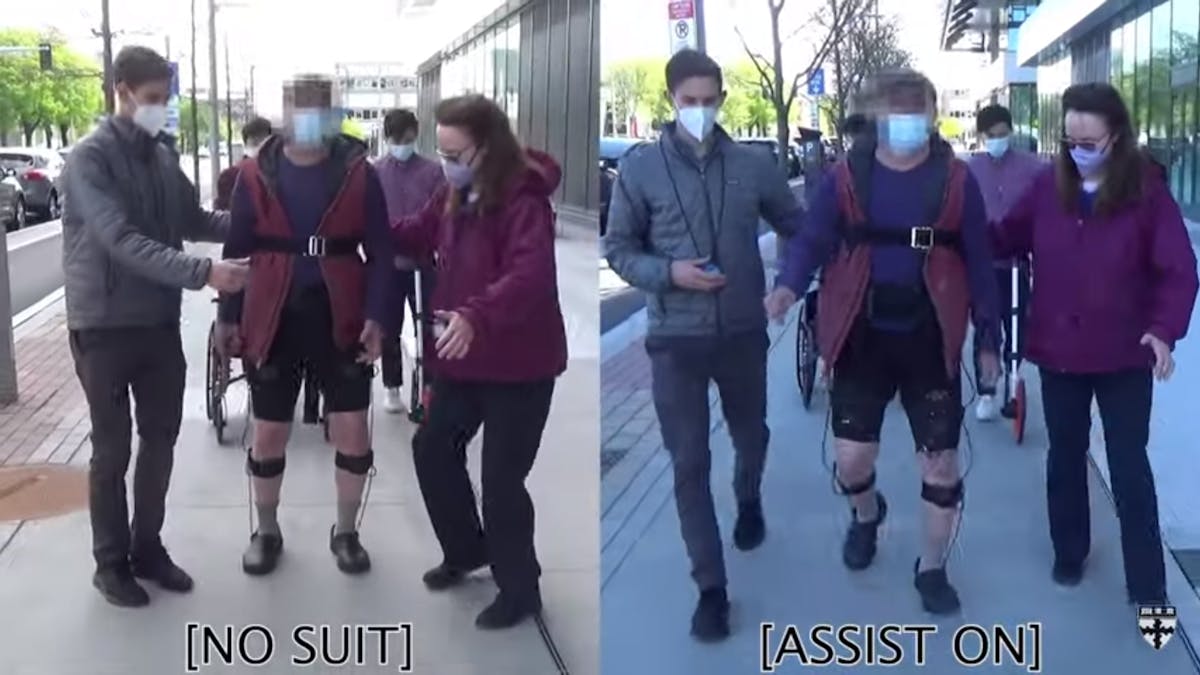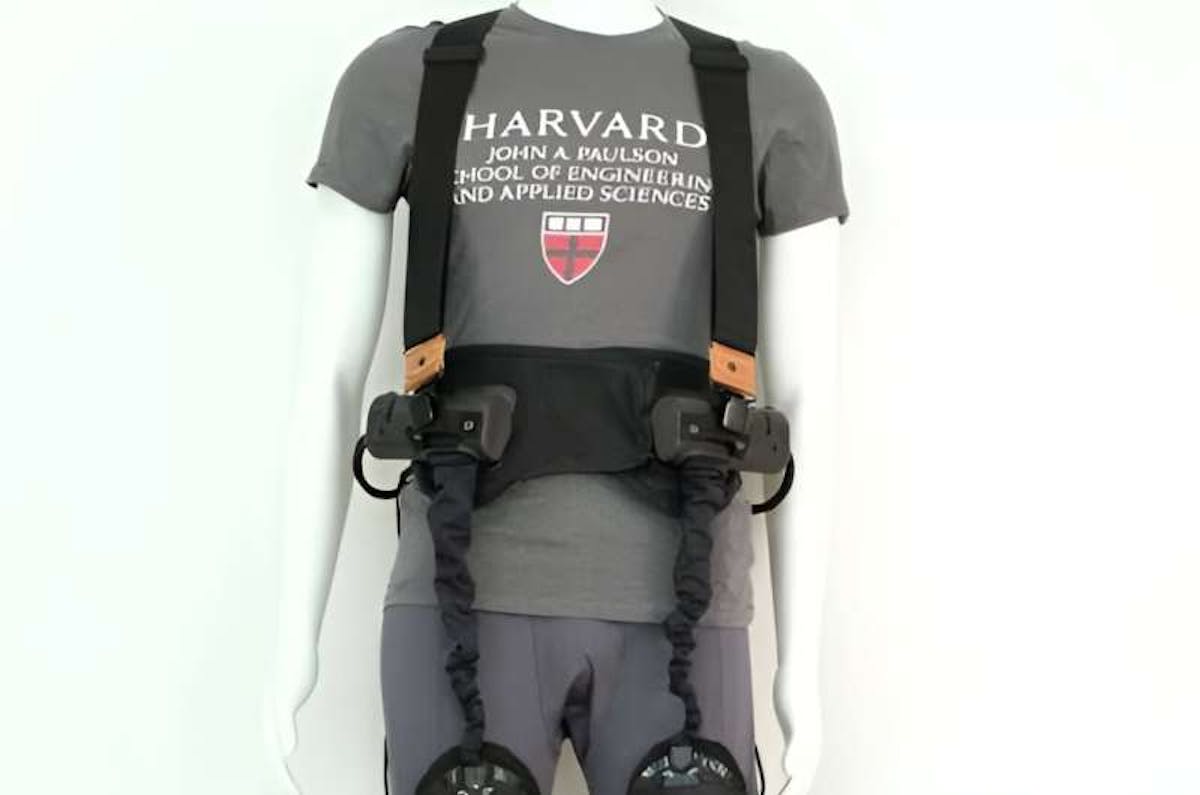Taking It in Stride
Researchers have created a soft robotic wearable device that gives Parkinson's patients the assistance they need to end freezing episodes.

Parkinson's disease is a progressive neurodegenerative disorder that primarily affects movement control. It is characterized by the loss of dopamine-producing cells in the brain, leading to various motor and non-motor symptoms. According to the World Health Organization, Parkinson's affects approximately 1% of the global population over the age of 60, making it the second most common neurodegenerative disorder after Alzheimer's disease.
One of the prominent challenges faced by Parkinson's patients is the phenomenon known as "freezing." Freezing of gait is a sudden and temporary inability to initiate or continue movement, giving the sensation that the feet are glued to the ground. This phenomenon often occurs during activities such as walking or turning and can be particularly problematic, contributing to an increased risk of falls. Falls are a major concern for individuals with Parkinson's, as they can result in serious injuries, reduced mobility, and a decline in overall quality of life.
The lack of effective treatments for freezing is a significant hurdle in managing Parkinson's disease. While medications such as levodopa can alleviate some motor symptoms, they often provide limited relief for freezing episodes. Current therapeutic approaches include physical therapy and cueing techniques, where external stimuli like visual or auditory cues are used to stimulate movement. Despite these efforts, finding a universally effective intervention for freezing remains a major challenge in the field of Parkinson's research.

A completely new approach taken by a team at Harvard University and Boston University seeks to stop freezing in its tracks with the help of a wearable soft robotic device. The device is worn like a belt with suspenders, with additional cuffs around the thighs. It gives assistance in pushing the hips, in coordination with normal leg movements, to give the wearer a longer stride and prevent freezing.
The researchers had previously developed a similar system that was designed to reduce energy expenditure while walking. By adding cable-driven actuators and sensors to the system, they were able to estimate the phase of gait an individual is in while walking, and provide an appropriate boost to help them keep moving. This turned out to be exactly what many Parkinson’s patients need to keep them from having episodes of freezing.
This wearable system was tested on a single Parkinson’s patient that frequently experiences freezing over a six month period. Amazingly, dramatic improvements were noted instantly. The wearer of the device required no training or behavior modification. He simply walked normally, and when a freezing episode came on, the actuators kept him moving and ended the freezing. In a number of trials, it was discovered that this individual’s freezing had completely stopped in indoor environments, and only rarely occurred outdoors.
While only one person has used this system to date, he was very pleased with the results, noting that “the suit helps me take longer steps and when it is not active, I notice I drag my feet much more. It has really helped me, and I feel it is a positive step forward. It could help me to walk longer and maintain the quality of my life.”
In addition to the immediate benefits of stopping freezing episodes, the researchers hope that their device will eventually help them to understand why freezing happens, which is very poorly understood at present. Perhaps those insights will help to end all freezing symptoms one day.
R&D, creativity, and building the next big thing you never knew you wanted are my specialties.


